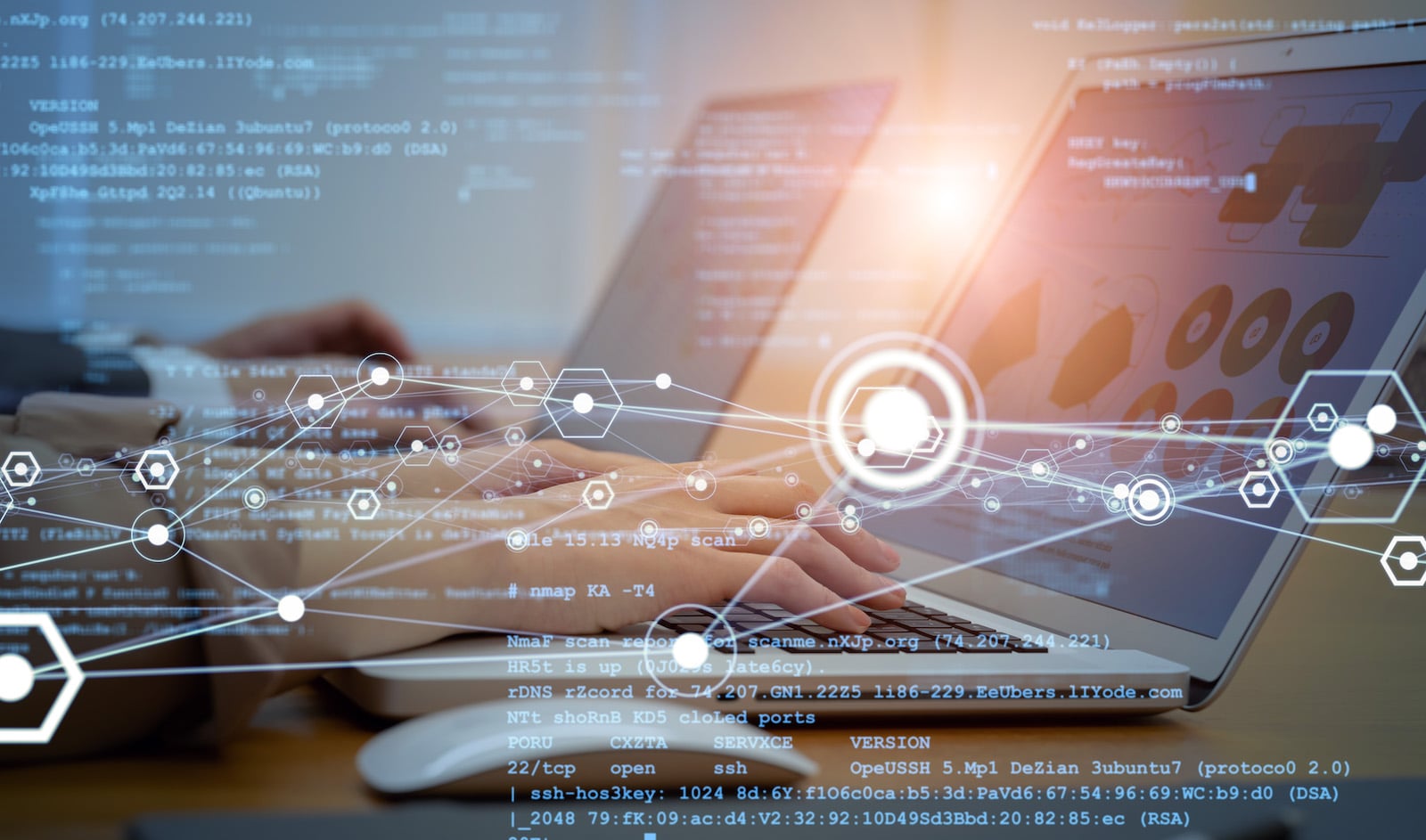Wednesday, August 31, 2022
Brussels is betting on digital twins to forecast the climate’s impact on the planet
José A. González – Agencia Colpisa
"There is no plan B"; this is one of the phrases most repeated by researchers, experts and politicians to fight climate change. Warnings about this phenomenon are reflected in studies and research: extreme heat waves, torrential rains, prolonged droughts. The red lines have also been defined: "not to exceed an average temperature of 1.5ºC." But how much more can the planet take?
This is a question that has been asked by many scientists and, for the moment, there are only predictions. Now, technology can calculate the impact of climatic phenomena on Earth with great precision. "Digital Earth modeling will help predict major environmental degradation with unprecedented reliability," explains Margrethe Vestager, Vice President of the European Commission and European Commissioner for Competition.
A “clone” based on digital twins "is digital technology that replicates products, infrastructures, structures, services or systems created in its own image and likeness," explains Hicham Kabbaj, general manager of Dassault Systèmes for Spain and Portugal. "They help us test them virtually, in the context of their use, to see how they react in models to see if they could be applied in the real world," he adds.
Europe has earmarked 150 million euros to make a digital copy of the Earth
This tool is not new to the private sector, as it has been used in medicine, the automotive industry and even NASA. "The solution to achieving a more sustainable world lies in digital universes, which today are key for industrial companies to address their transformation," notes Kabbaj.
The European Union has taken up the gauntlet and has mobilized 150 million euros to bring Destination Earth to life. Through this project, a group of scientists are trying to make an exact copy of the Earth through more than 200,000 graphics processors to "be able to accurately reproduce not only every detail of Earth, but all the conditions that affect it, such as winds, tides and weather conditions," says the European Commission in a statement. "This will improve our understanding of climate change and enable solutions at global, regional and local levels," Vestager stresses.
"They are not experiments."
For exact cloning, digital twins need "real-world data to recreate simulations," explains the Dassault Systèmes executive. "They can connect to the real world with sensors," he notes. In the case of Destination Earth, its source of information is a large data lake with specific parameters on greenhouse gas emissions, climate change, earthquakes, or the atmosphere, among others. All this to give virtual life to two Earths.
The first virtual universe will focus on geophysical and climate-induced hazards. Its study will focus on floods, droughts, heat waves and geophysical phenomena such as earthquakes, volcanic eruptions and tsunamis. "It will help local and regional authorities to test actions with greater precision that will help save lives and reduce property damage," the European Commission reveals.
The second will work to help adapt to climate change and provide observation and simulation capabilities to support mitigation activities and scenarios.

These two projects are in their embryonic phase and will not see the light of day for "at least 7 to 10 years," according to European Commission sources. However, it is not the only work that replicates life on and from Earth.
"The use of digital twins can accelerate achieving the UN’s Sustainable Development Goals.” Hicham Kabbaj, Dassault Systèmes General Manager for Spain and Portugal
Following the outbreak of SARS-CoV-2, the German city of Herrenberg decided to anticipate citizens’ behavior with anti-CoV-2 measures in a particular metaverse. Those responsible for the town in the southwest of the country digitized each of the municipality's sites for study. "You don't have to make a decision and see what happens next; now you can see what effect a decision will have before you make it through the use of the 'digital twin,'" Nicolai Reith, head of the Control and Communication department and advisor to the mayor of Herrenberg, explains to the publication Cities Today.
"We are not talking about experimenting, it is a real practice and it is carried out by the most prestigious brands in the market," Kabbaj repeats.
Committed to transparency
Despite its significant impact and use in certain industry sectors, "its current reach is limited, and the market has only reached 10% adoption globally, as the technology is immature and underutilized in many sectors," Accenture and Dassault Systèmes note in a joint report. "The solution to a more sustainable world lies in digital twins," Kabbaj stresses. "It can accelerate achieving the UN’s Sustainable Development Goals," he notes.
In the industrial sector, evolution through digitalization is a priority for a growing number of companies seeking to generate greater value for their customers, reduce their costs and improve their efficiency and quality, without forgetting the importance of these solutions for companies in the sector to advance in sustainability.
For example, in many industrial processes, water plays a decisive role. More than 1,000 tons of water are needed to produce one ton of wheat and 15 times more for one ton of beef, while up to 150,000 liters can be required to manufacture one car. "We need to evolve towards a circular economy and a smarter use of this resource," Kabbaj responds.
Through digital twins, water can be used more efficiently. "Our system uses data intelligence, 3D modeling and visualization to trace the water footprint of products and services, from their design and engineering to their manufacturing and end-of-life implications," details the Dassault Systèmes manager.
The use of this digital tool, they claim in their research, could bring proceeds of $1.3 trillion in economic value and 7.5 Gt in CO2 emission reductions by 2030.
¿Te ha parecido interesante?





